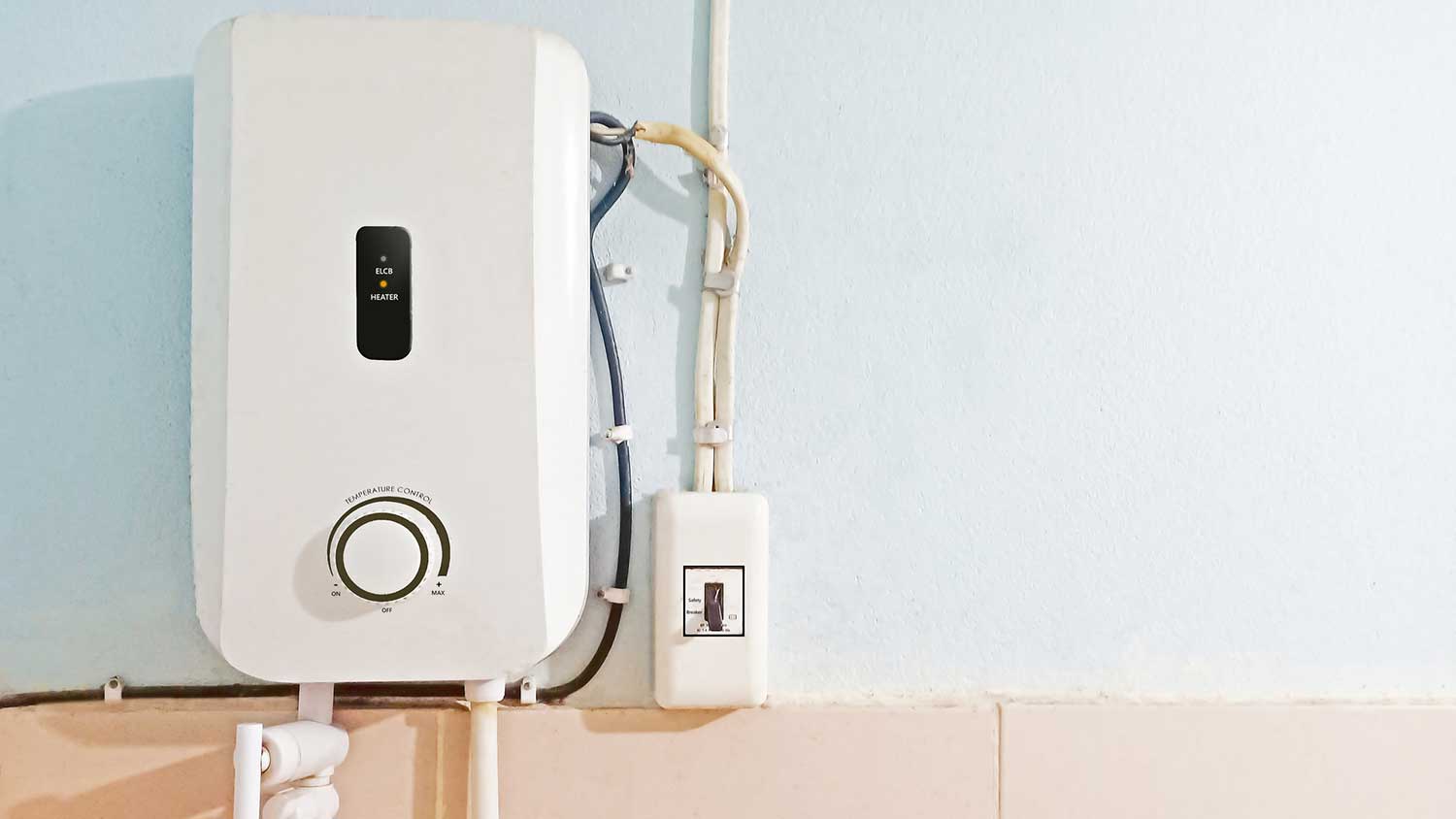
The cost to ground outlets depends on several factors. This guide will help you prepare for all of the costs involved with this project.
Spark your knowledge of these two electrical components


Single-pole switches are commonly used for lighting and low-power appliances.
Double-pole switches are primarily used in industrial settings but can serve as safety switches for large 240-volt home appliances.
Single-pole switches have two terminals, while double-pole switches have four terminals.
Double-pole switches can handle higher power loads than single-pole switches.
Whether planning a new switch installation or growing your knowledge of electrical components, you may have encountered the terms single-pole vs. double-pole switch. But what do they mean? A “pole” is the number of individual circuits a switch can operate: A single-pole switch can control one circuit, while a double-pole switch can control two circuits. Still, that’s only scratching the surface of what distinguishes the two types of switches. Let’s dive into the differences between a single-pole and a double-pole switch.
When taking on this project, expect questions only a pro can answer. With our network of local pros, you'll get the job done and your questions answered—without the hassle and stress of doing it yourself.
| Type of Difference | Single-Pole Switch | Double-Pole Switch |
|---|---|---|
| Number of Circuits Controlled | One circuit | Two circuits |
| Uses | Common light switch | Isolates appliances |
| Power Capacity | 15–20 amps | 30–40 amps |
| Number of Terminals | Two | Four |
| Cost | Costs less | More expensive |

A single-pole switch is the most common type of electrical switch in residential homes. These are typically used for lights and small appliances that don’t require a 240-volt outlet. Double-pole switches are often used in commercial settings and large machines. You’ll also find them in homes as a safety shut-off feature for large 240-volt appliances, such as an air conditioner, electric furnace, or water heaters. Don’t confuse these switches with a three-way switch, which allows you to control a single fixture from two locations.
Double-pole switches can handle more power, around 30 or 40 amps, compared to regular switches that handle 15 or 20 amps. Double-pole switches also have a green screw that you use to connect the grounding wire in the electrical system for safety. Contact a local electrician to install both types of switches for best results.
A single-pole switch typically has two terminals, while a double-pole switch has four. The two terminals on a single-pole switch are used for the hot and the switched hot wires. In contrast, a double-pole switch has four terminals to control two separate circuits or hot wires. These extra terminals allow it to fully disconnect both hot wires in the circuit when turned off, making it the most suitable for high-power appliances requiring a double disconnection for added safety.
The cost of installing a light switch between a single-pole vs. double-pole switch can vary based on factors such as the brand and quality of the product. Generally, single-pole switches are more common and more affordable than double-pole switches. Single-pole switches typically cost $1 to $10 each, and double-pole switch prices range from $10 to $30 each.
The cost to professionally install a light switch generally ranges from $60-$300
influenced by factors such as the type of switch, labor costs, and potential rewiring needs.
Basic "plug and play" switches are the least expensive. However, dimmer switches, timers, smart switches, and three- or four-way switches typically incur higher costs.
Electricians in urban areas often charge more per hour than rural ones. Additionally, difficult-to-access sites may result in higher fees. Remember, the typical labor cost ranges from $50 to $100 per hour on top of paying for the switch.
Installing a new fixture and switch, especially if rewiring is needed, can take several hours and exceed $400. Grounding a two-pronged outlet, for example, can be exceptionally costly.
Installing single-pole and double-pole switches yourself can save money and be rewarding. With basic electrical knowledge, single-pole switches are straightforward to install, as they handle lower voltages.
Double-pole switches, rated for higher currents, are commonly used in industrial spaces. While the wiring is similar to single-pole switches, you'll work with thicker wires and higher currents, which involves more risk.
In both cases, hiring a professional ensures safe, compliant installation. Electricians have the expertise to handle complexities and troubleshoot issues, ensuring proper switch function. Though more costly, professional installation is worth it for your safety and your home's security.
From average costs to expert advice, get all the answers you need to get your job done.

The cost to ground outlets depends on several factors. This guide will help you prepare for all of the costs involved with this project.

The cost of a whole-house surge protector depends on the materials, size, installation, and more. This guide will help you budget for a new surge protector.

Updating broken and outdated light switches isn't as tricky as you might think. We'll cover the considerations and cost to install a light switch in this guide.

If you want to move an outlet, follow these steps or hire an electrician to work through the process. Read on to learn more.

Travelers are essential components in multi-way switches. So, what is a traveler wire, and how does it function? Find out more here.

Learn a new skill and find out how to wire a light switch (safely) in your own home. This is one project that’s sure to light up your day.